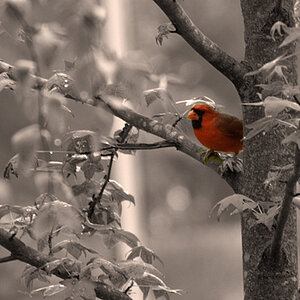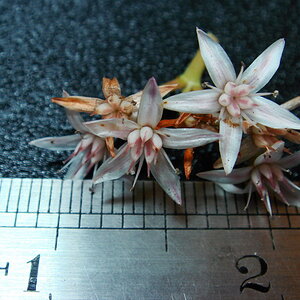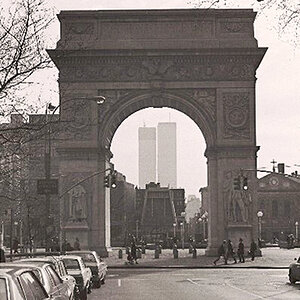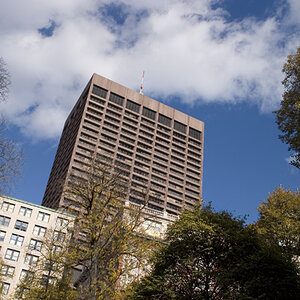acuriousman
TPF Noob!
- Joined
- Nov 27, 2012
- Messages
- 4
- Reaction score
- 0
I have a lamp that I use to light my video shoots. It has 4 bulbs on it that are able to move/flex in any direction. The trouble is, I have to bring these bulbs REALLY close to my camera to get decent exposure. This creates a lot of nasty glare from the bulbs on the item I'm shooting. It might look fine one second, but if I tilt or turn the item, tons of glare pops in. Which is HORRIBLE for video.
Example of the glare.

My lamp:

Any idea how I can fix this?
Thank you for reading.
Example of the glare.

My lamp:

Any idea how I can fix this?
Thank you for reading.




![[No title]](/data/xfmg/thumbnail/39/39460-55f4d48e22a9710f377f2a3dee45992e.jpg?1619739039)








